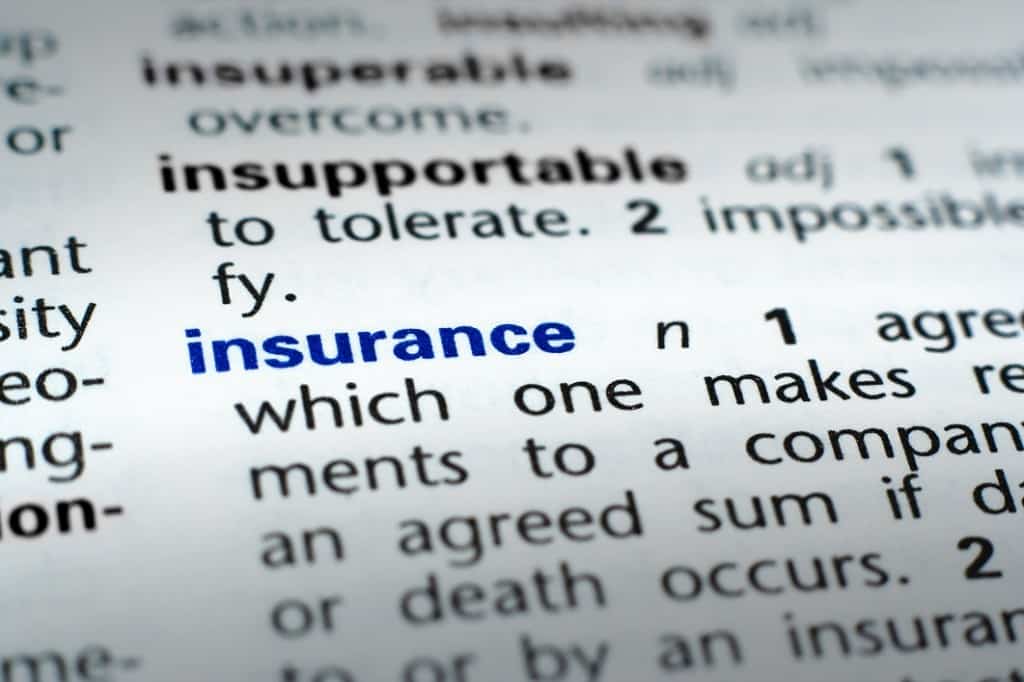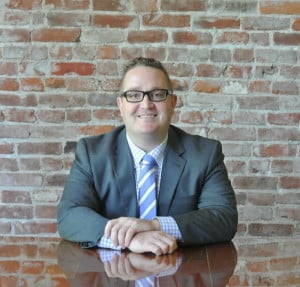On July 22, 2015, the Oregon Court of Appeals released an opinion in Thoens v. Safeco Ins. Co. of Oregon, 272 Or App 512, — P3d — (2015), addressing the admissibility of (1) an insured’s underinsured motorist (UIM) coverage limits and the at-fault driver’s liability policy limits in a UIM coverage dispute, and (2) the testimony of a biomechanical engineering expert regarding the forces experienced by a person during an automobile accident. The Court of Appeals found that the two coverage limits were admissible in the case based upon the manner in which the case was presented to the jury. It also found that the biomechanical engineer was properly permitted to testify in the case.
The case involved an insured that was injured when she was rear-ended while stopped behind a school bus. Following the accident, the insured received medical treatment for injuries that she attributed to the accident. The insurance company paid personal injury protection (PIP) benefits, but eventually cut them off based on the results of an independent medical examination. The insured settled with the at-fault driver’s insurer for the full liability policy limits, and sought additional payments from her insurance company under her UIM coverage. The insured filed suit when the insurance company refused to pay any additional benefits. The suit included separate claims seeking payment of additional PIP benefits and for failure to pay UIM benefits. The jury found for the insured on the PIP claim, but ruled in favor of the insurance company on the UIM claim. The insured appealed, arguing that the trial court improperly excluded evidence of her UIM policy limits and the liability limits of the at-fault driver and improperly allowed a biomechanical engineer to testify.
At trial, the insurance company moved to exclude any evidence of the amount of the insured’s UIM coverage limits. The basis of the insurance company’s position was (1) the evidence was irrelevant because the jury needed only to determine the damages and the trial court could apply an offset, and (2) disclosure of the coverage amounts would unnecessarily inject insurance into the matter—beyond the insurance company being named in the lawsuit—and would produce an “anchoring” effect that would tend to increase the jury award. The insurance company also moved to exclude any evidence of the adverse driver’s liability limits or that the limits were paid to the insured on the ground that the evidence was irrelevant and unfairly prejudicial. The trial court granted the insurance company’s motions and precluded any such evidence at trial.
The Court of Appeals began its analysis of the issue by assessing how the case was presented to the jury. In particular, the court noted that the case was presented to the jury in a “hybrid contract-tort fashion” in that the jurors were asked to determine both whether the at-fault driver was underinsured for purposes of triggering UIM coverage and the damages the insured sustained. The court noted that had the insurance company stipulated to the fact that the at-fault driver was underinsured, the trial court’s rulings would have been correct. Given the manner in which the case was presented, however, the court concluded the trial court’s rulings were in error because there was no evidence to permit the jury to accurately determine whether the at-fault driver was, in fact, underinsured.
The insured also appealed the trial court’s ruling permitting the insurance company to present the testimony of a biomechanical engineering expert regarding the forces experienced by an occupant of a vehicle in a collision. At trial, the insured argued that the biomechanical expert should not be permitted to testify because his conclusions were based on “junk science.” The trial court conducted an OEC 104 hearing to assess the expert’s qualifications and concluded that the expert should be permitted to testify. The Court of Appeals affirmed the trial court’s conclusion, holding that the record supported the conclusion that the biomechanical engineer established adequate “knowledge, skill, experience, training, and education” to qualify him to testify as to the impact speed of the collision, the forces transmitted to the insured in the subject accident, the forces the insured experienced in her daily activities prior to the accident, and the forces generally tolerated by human joints and tissues without injury.
The attorneys at Maloney Lauersdorf Reiner routinely represent clients in insurance coverage matters involving uninsured (UM) and underinsured (UIM) motorist coverage. Please contact us with any questions about this case or any other matter you see addressed in the Insurance Coverage Blog.




